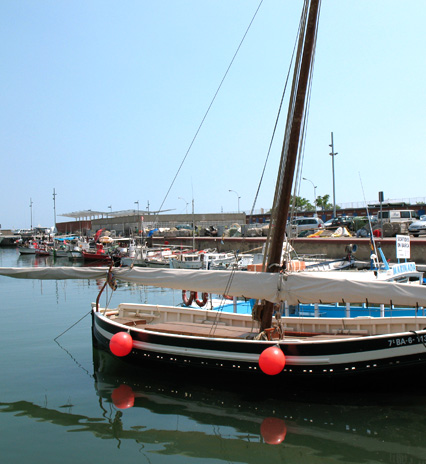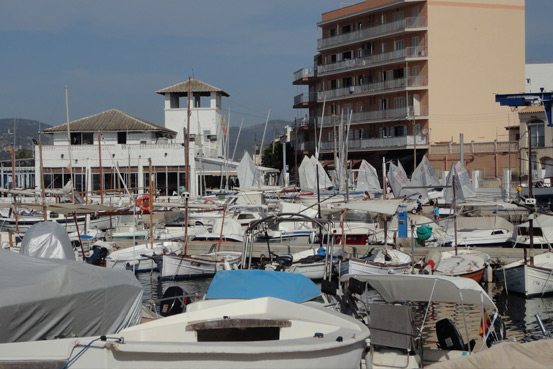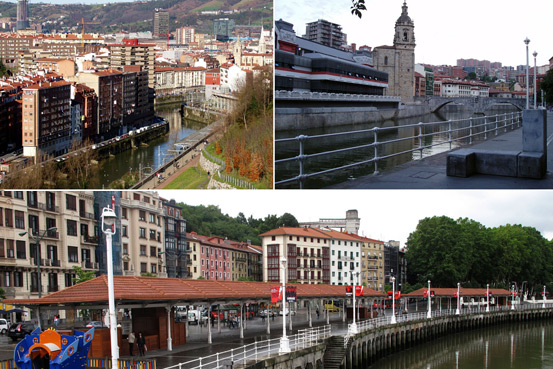The city and the sea.
The patrimonalization of port cities (CIMAR)
Project: The city and the sea. The patrimonalization of port cities.
Funded by the Spanish Ministry of Economy and Competitiveness (HAR2013-48498-P)
Research centres
Institut Català de Recerca en Patrimoni Cultural (ICRPC)
Universitat de Girona
Universitat de les Illes Balears
Universidad Pablo de Olavide de Sevilla
Universidad de Extremadura
Universidad del Pais vasco Euskal Herriko Unibertsitatea
Universidad Católica de Murcia
Université de Laval (Canadá)
Museu Marítim de Barcelona
Museu de la Pesca de Palamós
Museu del Port de Tarragona
Call: Programa Estatal de Fomento de la Investigación Científica y Técnica
Period: 2015-2018
Main Researcher: Dr. Joaquim Nadal i Farreras

Abstract
The contemporary city has undergone major physical, material, economic and social changes. The result of these changes is a geography and sociology that differ from their traditional forms, and a landscape in which elements of the past, some of which are in disuse, obsolete or at risk of disappearing, survive as silent witnesses to a past that is different, but essential to our understanding of the present reality.
These factors place cultural heritage and uses of heritage at the heart of urban debates.











